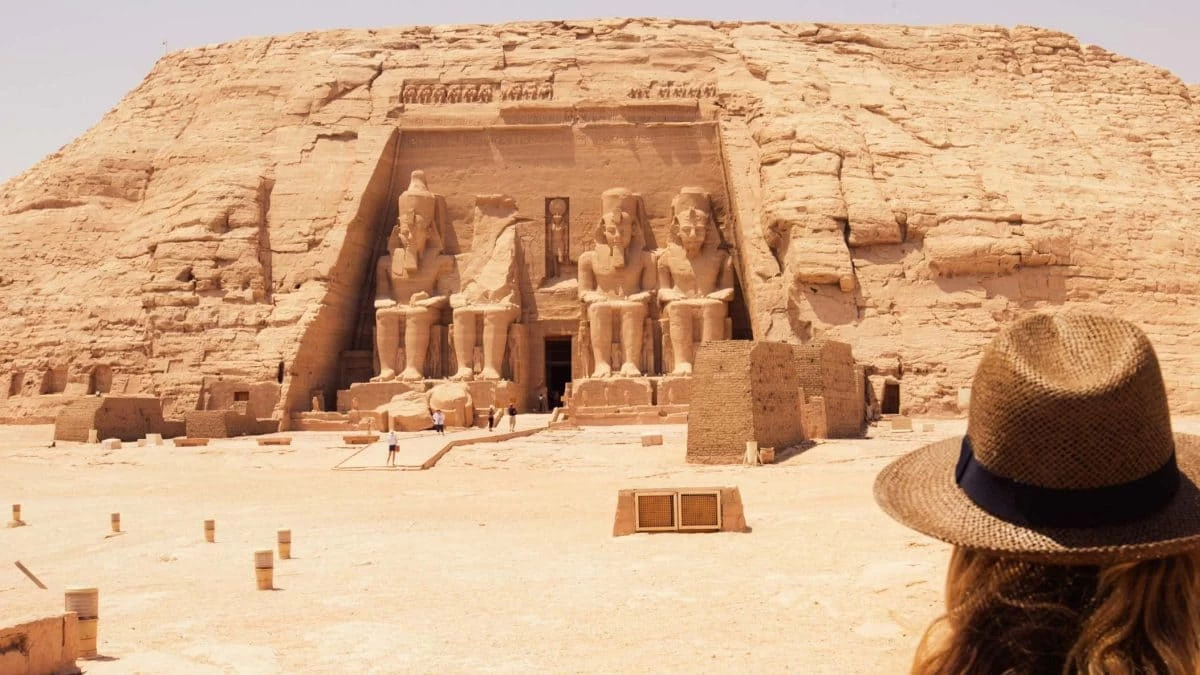
Facts About Abu Simbel Temple You Should Know
Abu Simbel Temple, carved into a mountainside in Nubia during Pharaoh Ramesses II’s reign, is an impressive archaeological site that draws visitors worldwide because of its solar phenomena. Respect Egypt Tours can help you explore this UNESCO World Heritage Site that showcases both its architectural brilliance and deep connection to nature. Pharaoh Ramesses II constructed these structures during his rule, showcasing their architectural brilliance and profound spiritual connections between nature and architecture. Here, we’ll dive into intriguing facts about Abu Simbel Temple, uncovering its history, design, and the incredible solar phenomena that draw visitors worldwide.
The History of Abu Simbel Temple
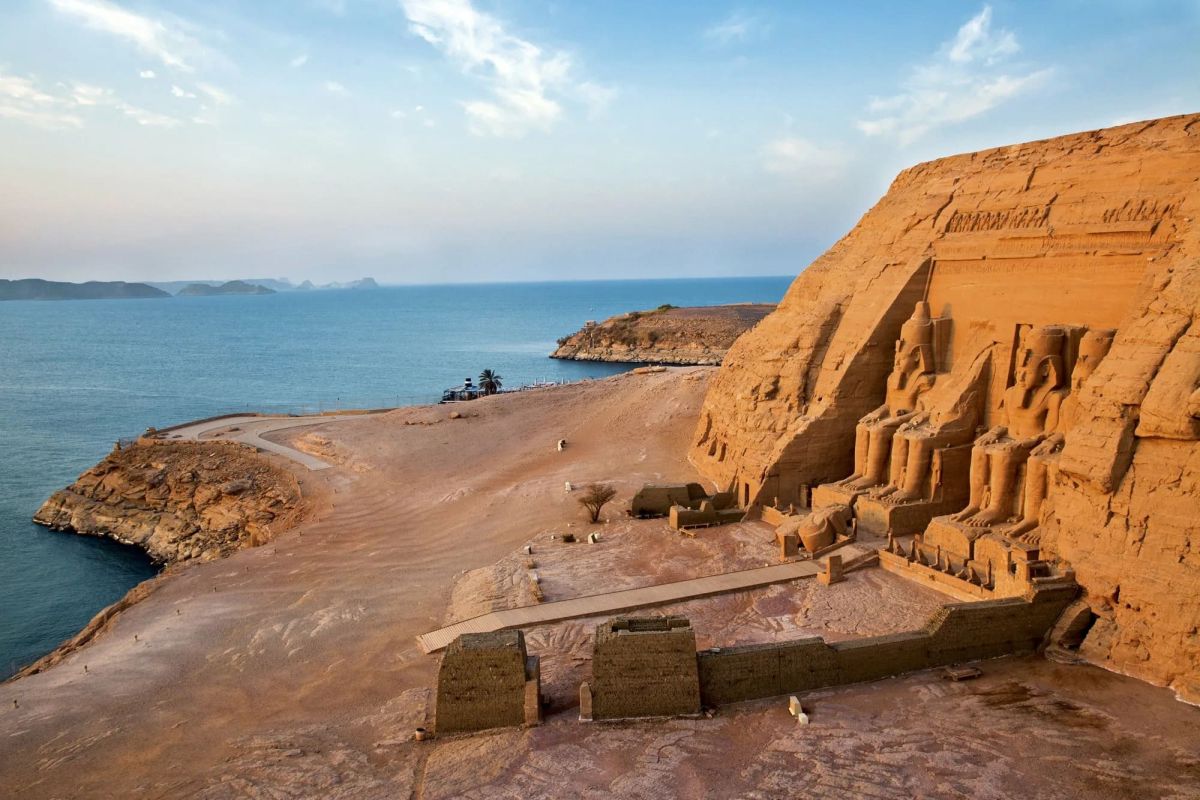
Abu Simbel Temples stands the test of time as one of Egypt’s greatest masterpieces. Constructed during Egypt’s New Kingdom period during the 13th century BC by Ramesses II as part of his grand plans to increase Egypt’s influence and celebrate his reign. The temples along the Nile banks served a dual purpose. Ramesses II dedicated the temples along the Nile banks not only to gods but also to represent his authority over Nubia and neighboring lands.
In the 1960s, the construction of Aswan High Dam caused concerns that temples might submerge under Lake Nasser waters. However, through international collaboration and engineering expertise, they moved the temples to higher ground, saving them for future generations and keeping them accessible worldwide. Led by UNESCO and taking four years to complete, this historical preservation project showed both their significance and the global effort made in order to safeguard them.
Great Temple of Abu Simbel: The Temple Story
The Great Temple of Abu Simbel, dedicated to Amun, Ra-Horakhty, and Ptah—as well as Ramesses II himself—is the larger of two structures at Abu Simbel. Its facade features four towering statues of Ramesses II seated upon his throne, each standing 20 meters high—an astounding sight! Meanwhile, inside its chambers lie intricate carvings commemorating his victories, religious significance, and divine power that are breathtaking.
Constructed in alignment with the sun's movements, the Great Temple showcases ancient Egyptian knowledge of astronomy and engineering. The temple's layout, with a series of chambers and corridors, leads to the sanctuary where statues of the gods are seated, positioned to receive the sun’s rays twice a year. The alignment of this temple with the solar calendar remains one of the most fascinating aspects of the structure, adding an element of mystery and wonder to its design.
Design of the Temples
The Abu Simbel Temples are impressive examples of Egyptian architecture. They feature two stunning structures carved into a sandstone cliff face. These temples are dedicated to Ramesses II, his gods, and his queen Nefertari. Both designs incorporate intricate carvings, symbolic representations, and large statues that reflect religious and political beliefs.
Abu Simbel Temples are stunning both inside and out. The columns are shaped like Osiride statues and adorned with hieroglyphics, leading visitors through chambers to the sanctuary. In addition to its religious purpose, the design of Abu Simbel shows the ancient Egyptians’ understanding of natural light and stonework. The structures were not to mention their understanding of architectural marvels that inspire awe when encountered for themselves. The design also serves to show this aspect.
Location of Abu Simbel Temples
It sits near the border between Egypt and Sudan, on the western bank of Lake Nasser in southern Egypt. After the construction of the Aswan High Dam displaced them from their original position in the 1960s, these temples situated along the Nile were moved to higher ground. Today visitors can reach Abu Simbel via scenic drive or short flight from Aswan, making this ancient wonder accessible and essential to any tour of Egypt’s ancient wonders.
Respect Egypt Tours provides expertly guided trips to Abu Simbel, providing travelers with an effortless journey. Its location adds an air of adventure; temples stand alone in the Nubian desert, surrounded by spectacular landscapes. A visit to Abu Simbel not only allows one to witness ancient history but also connects one with an area that holds vast cultural and spiritual significance.
Temple of Nefertari
The Small Temple at Abu Simbel, better known as the Temple of Hathor, is dedicated to Queen Nefertari—Ramesses II's beloved wife—and Hathor, her goddess counterpart. The facade features six statues, with two of Nefertari standing alongside Ramesses II—an honor not often accorded to queens in Egyptian art, as royal wives were rarely depicted alongside their pharaohs in artworks.
Inside this temple are vibrant scenes depicting Queen Nefertari and Ramesses taking part in various religious ceremonies that highlight her divine status. The temple builders aimed to honor both Nefertari’s beauty and Pharaoh’s affection for her. Respect Egypt Tours offers visitors an insight into these artistic depictions by delving deeper into each scene to offer visitors an in-depth experience of ancient Egyptian royalty life.
Who Built the Temples of Abu Simbel?
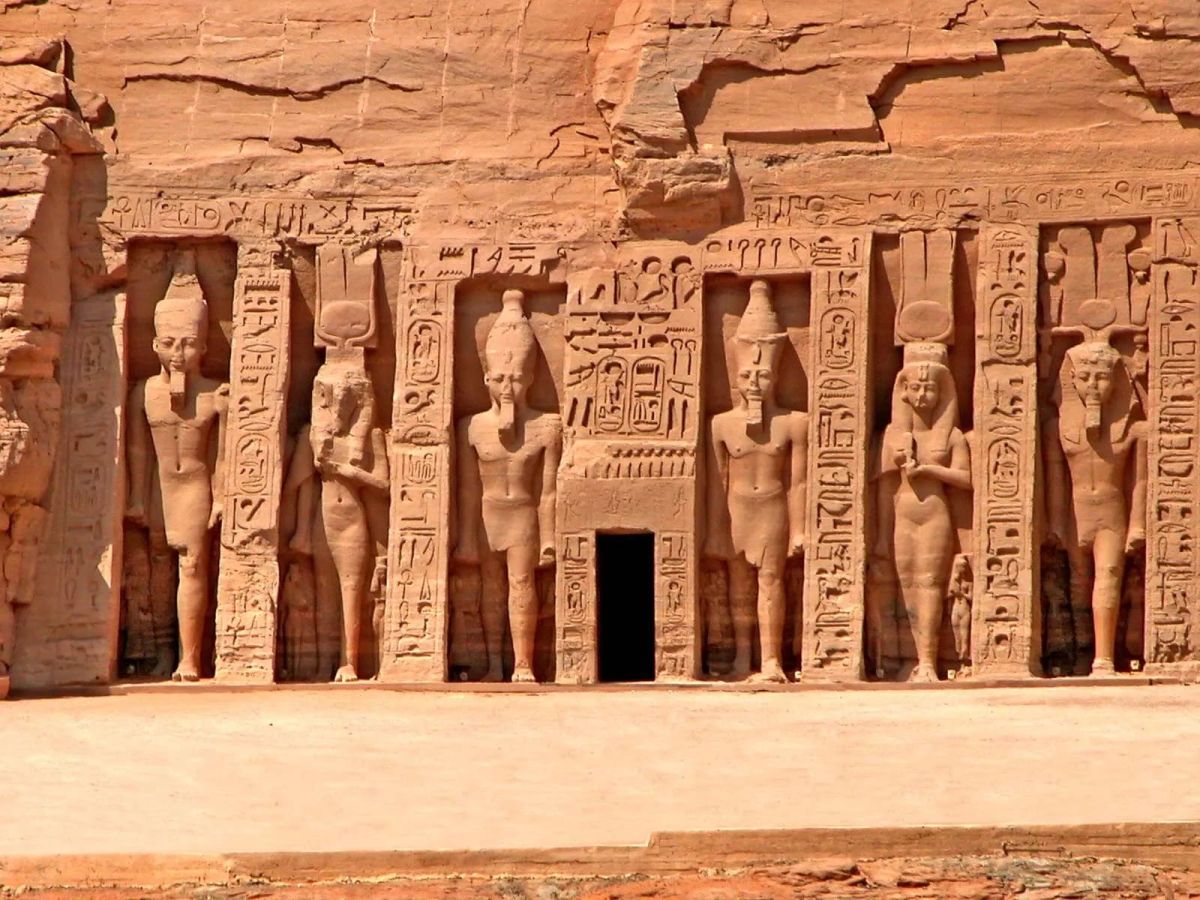
Construing Abu Simbel was commissioned by Pharaoh Ramesses II, one of Egypt’s most powerful rulers. Known for his ambitious building projects, Ramesses II aimed to solidify Egypt’s power, showcase his accomplishments, and glorify his rule. As part of his grand plan to honor the gods and assert Egypt’s dominance over Nubia, he constructed the temples.
Ramesses II reigned for 66 years, during which he led many military campaigns, expanded Egypt’s borders, and started impressive architectural endeavors across the kingdom. Abu Simbel was located to serve as a visible demonstration of Egypt’s strength to neighboring lands. The construction process itself required immense skill, labor, and planning, with workers carving the temple into the mountainside—a task that likely took around 20 years to complete.
The Solar Phenomenon

One of the most intriguing aspects of the Abu Simbel Temples is the solar phenomenon that occurs twice a year. On 22 February and 22 October, the rising sun lights up the inner sanctuary of the Great Temple, revealing the statues of Ra-Horakhty, Amun, and Ramesses II, while leaving the statue of Ptah, the god of darkness, in shadow. This incredible alignment demonstrates the Egyptians’ advanced understanding of astronomy and their ability to integrate cosmic cycles into their religious structures.
The Sun Miracle in Abu Simbel on 22 February
On 22 February each year, the first rays of sunlight beam into the Great Temple at sunrise, bathing its statues with illumination. Many people believe that this date holds significance as it commemorates Ramesses II’s coronation and adds both historical and spiritual meaning to this event. Visitors gather early each morning for the “Sun Festival,” an event that showcases ancient Egyptians’ profound connections between themselves and nature.
Respect Egypt Tours provides visitors with a chance to witness this event first-hand with experienced guides who provide insights into its meaning. Dating back over three millennia ago, this phenomenon continues to excite both historians and visitors.
The Sun Miracle in Abu Simbel on 22 October
On 22 October, the second solar alignment occurs, thought to coincide with Ramesses II’s birthday. Like its counterpart in February, sunlight fills the sanctuary, illuminating statues and creating an incredible spectacle of light and shadow. Unlike its February counterpart, this event only affects statues dedicated to Ra-Horakhty, Amun, Ramesses II, and Ptah. Ptah remains dark due to his undisturbed connection with the underworld, unaffected by the display of sunlight.
For those traveling with Respect Egypt Tours, this event provides a unique and unforgettable experience. Witnessing the sun’s rays illuminate the sanctuary offers a glimpse into the ancient Egyptians’ ingenuity and their belief in the divine connection between the pharaoh and the gods.
Visiting Abu Simbel
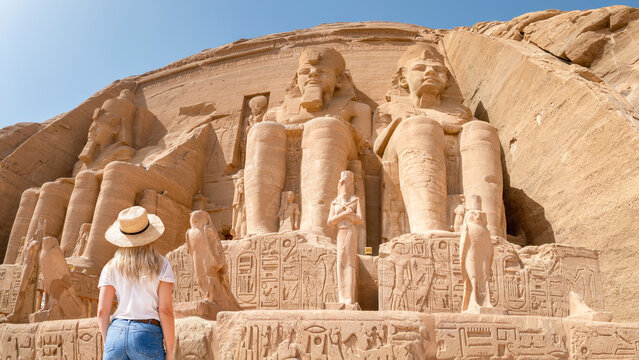
Abu Simbel offers travelers an immersive journey into ancient Egyptian history and culture. Travelers can access Abu Simbel through road and air travel from Aswan. Respect Egypt Tours offers comprehensive tours that include transport, guides, and information on the history and significance of these temples. This gives visitors the opportunity to appreciate both their grandeur and the symbolic designs woven into them.
To make the most of your visit, it’s recommended to arrive early in the morning, especially if you wish to witness the solar phenomenon. With Respect Egypt Tours, you’ll enjoy an in-depth exploration of the temples, guided by experts who bring ancient history to life. Our commitment to providing an enriching travel experience ensures that your visit to Abu Simbel will be memorable and inspiring.
Conclusion
If you’re inspired to explore Egypt's ancient wonders, make sure to visit the Abu Simbel Temples with Respect Egypt Tours, where you’ll uncover not only the secrets of these temples but also countless stories of Egypt’s remarkable past. With so many fascinating facts about Abu Simbel Temple, your journey will be filled with discoveries that bring the ancient world to life.
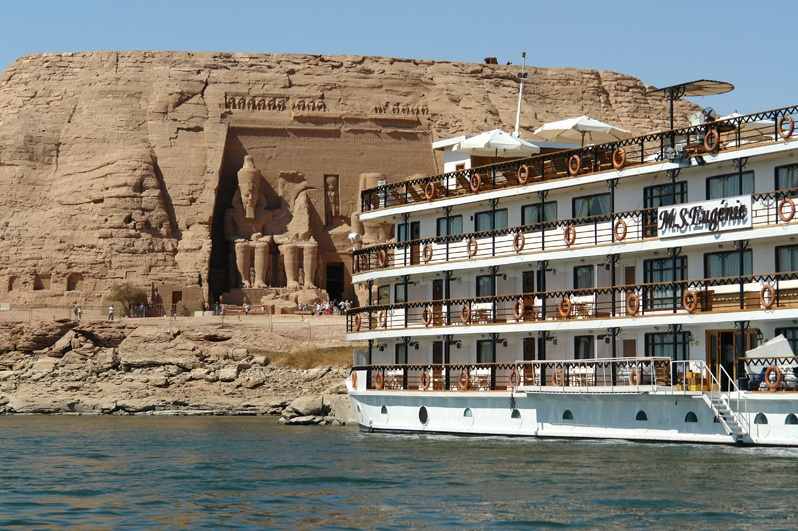
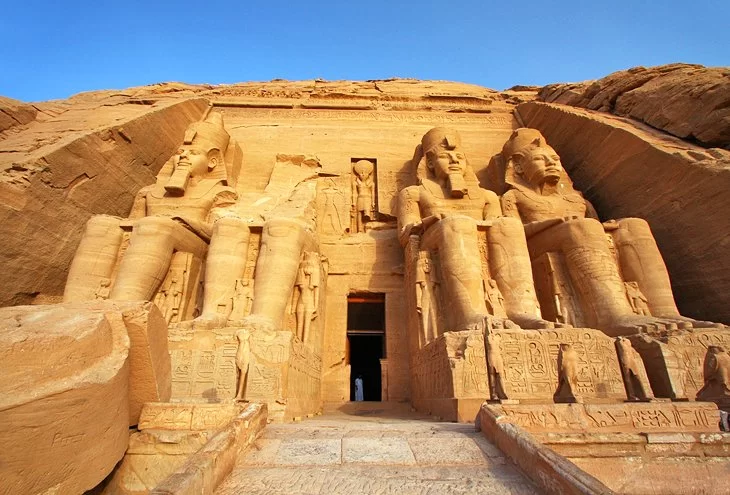







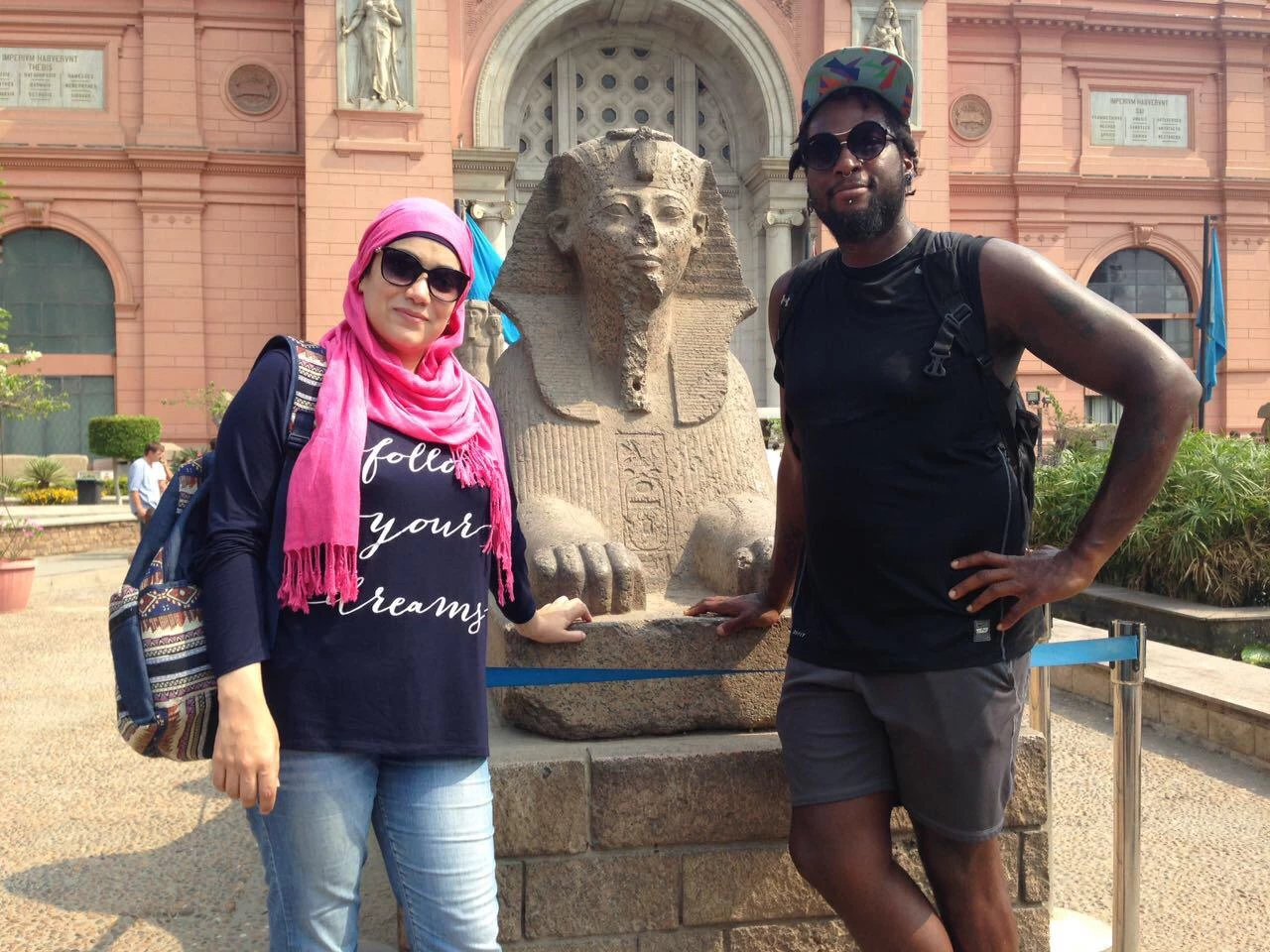

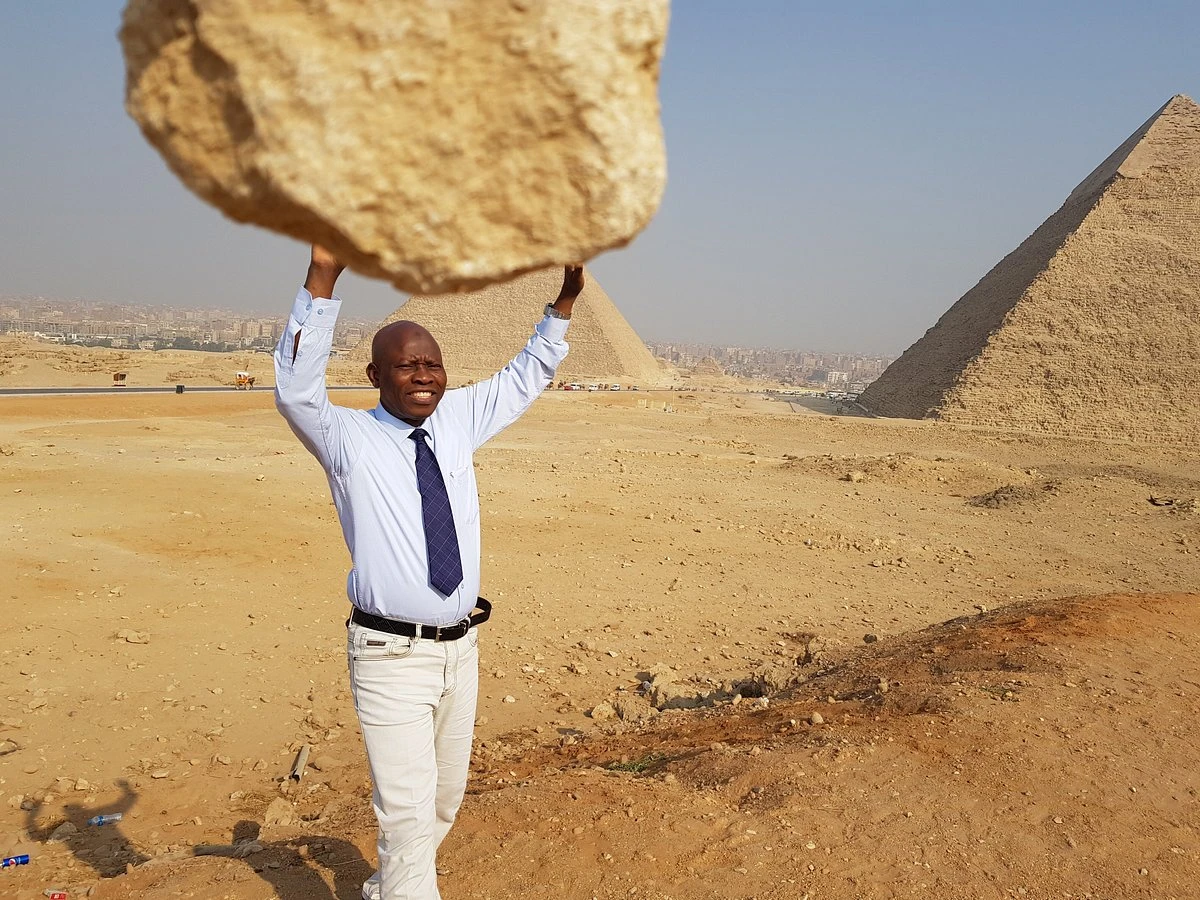
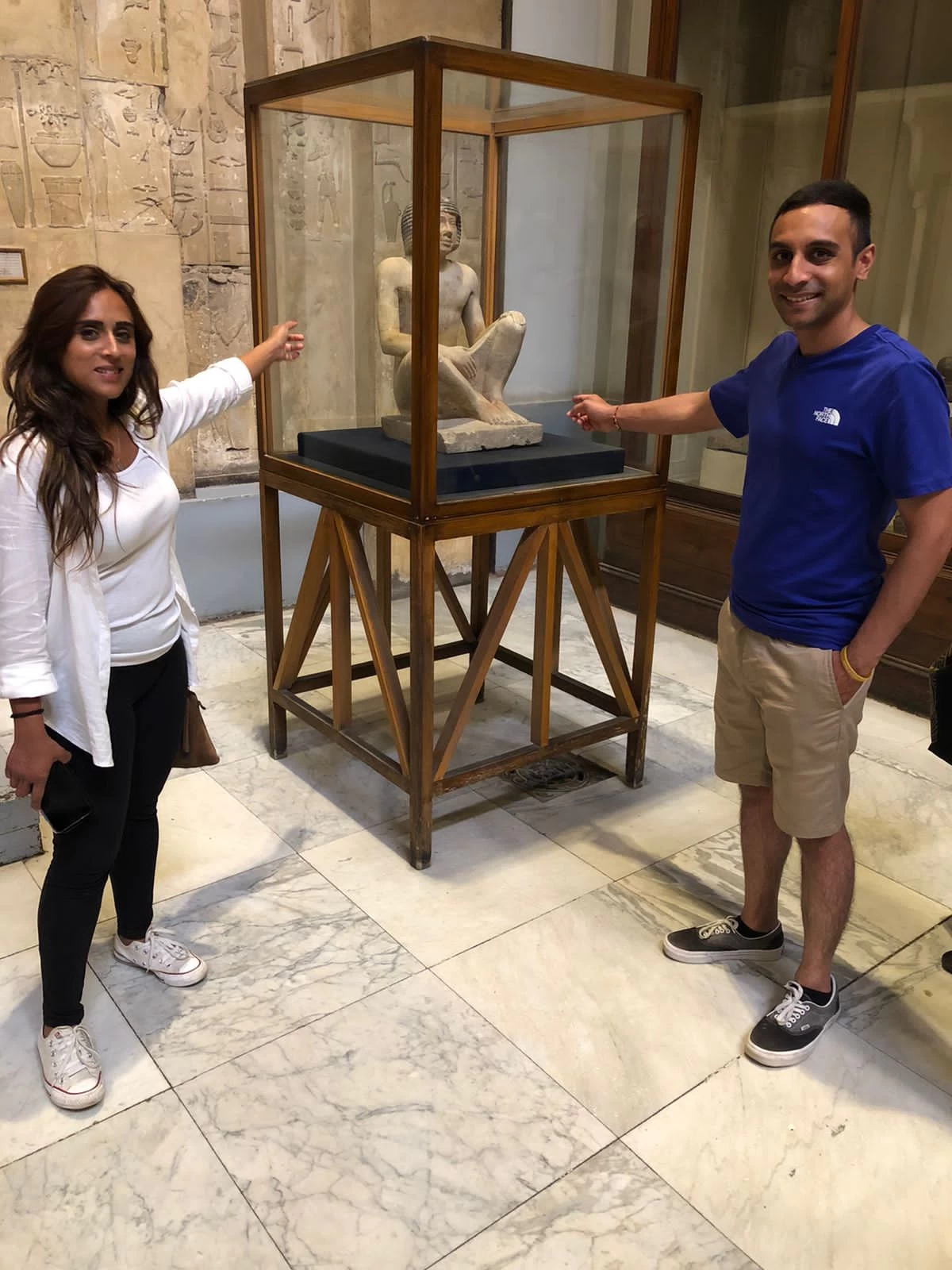

-webp.webp)

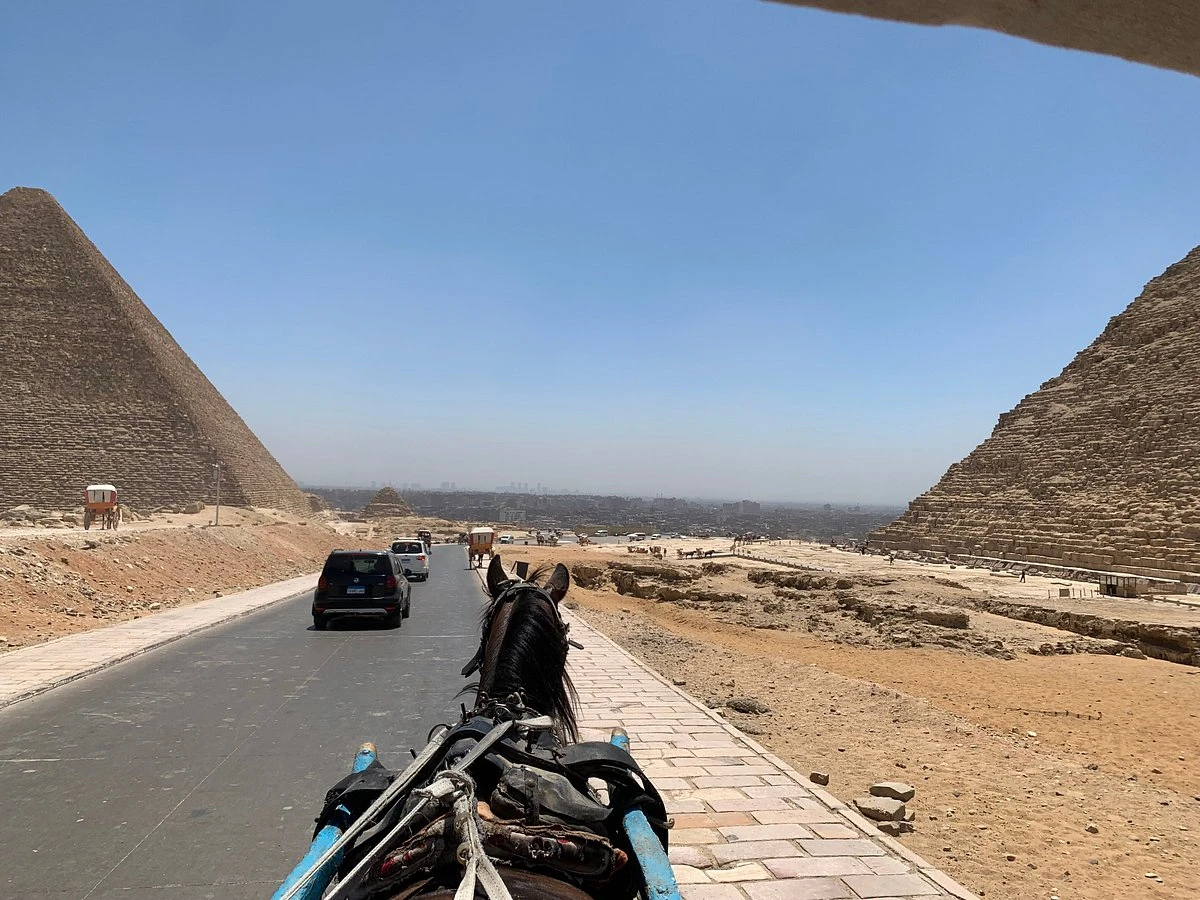
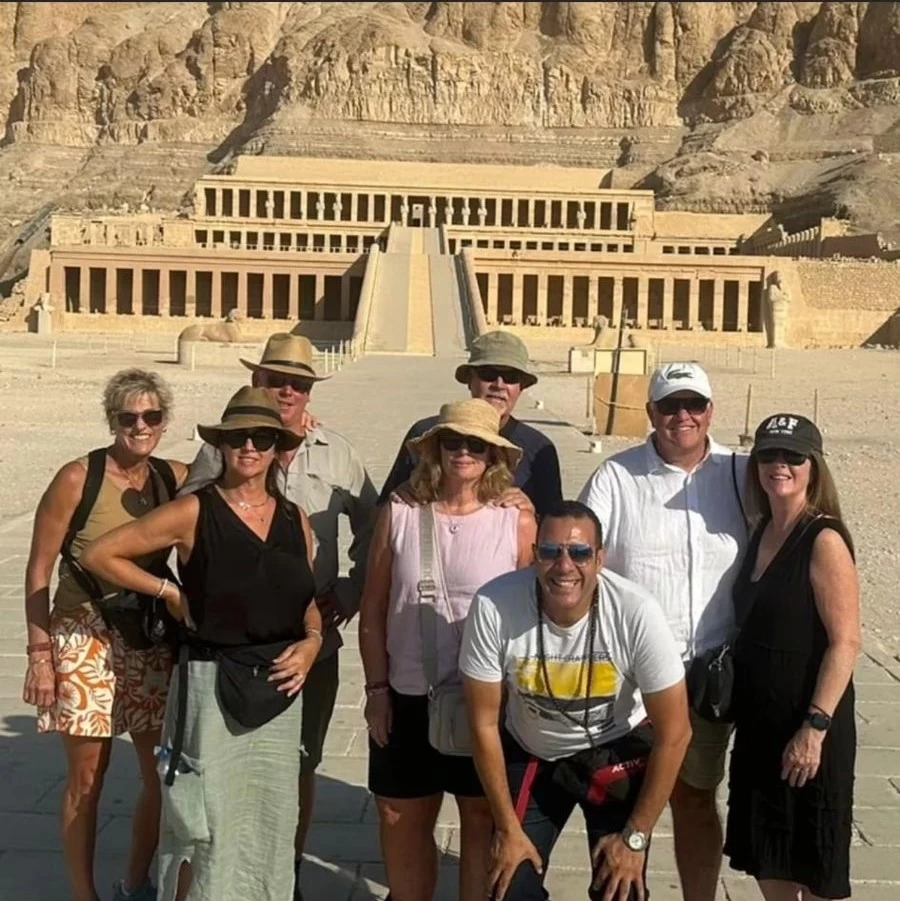
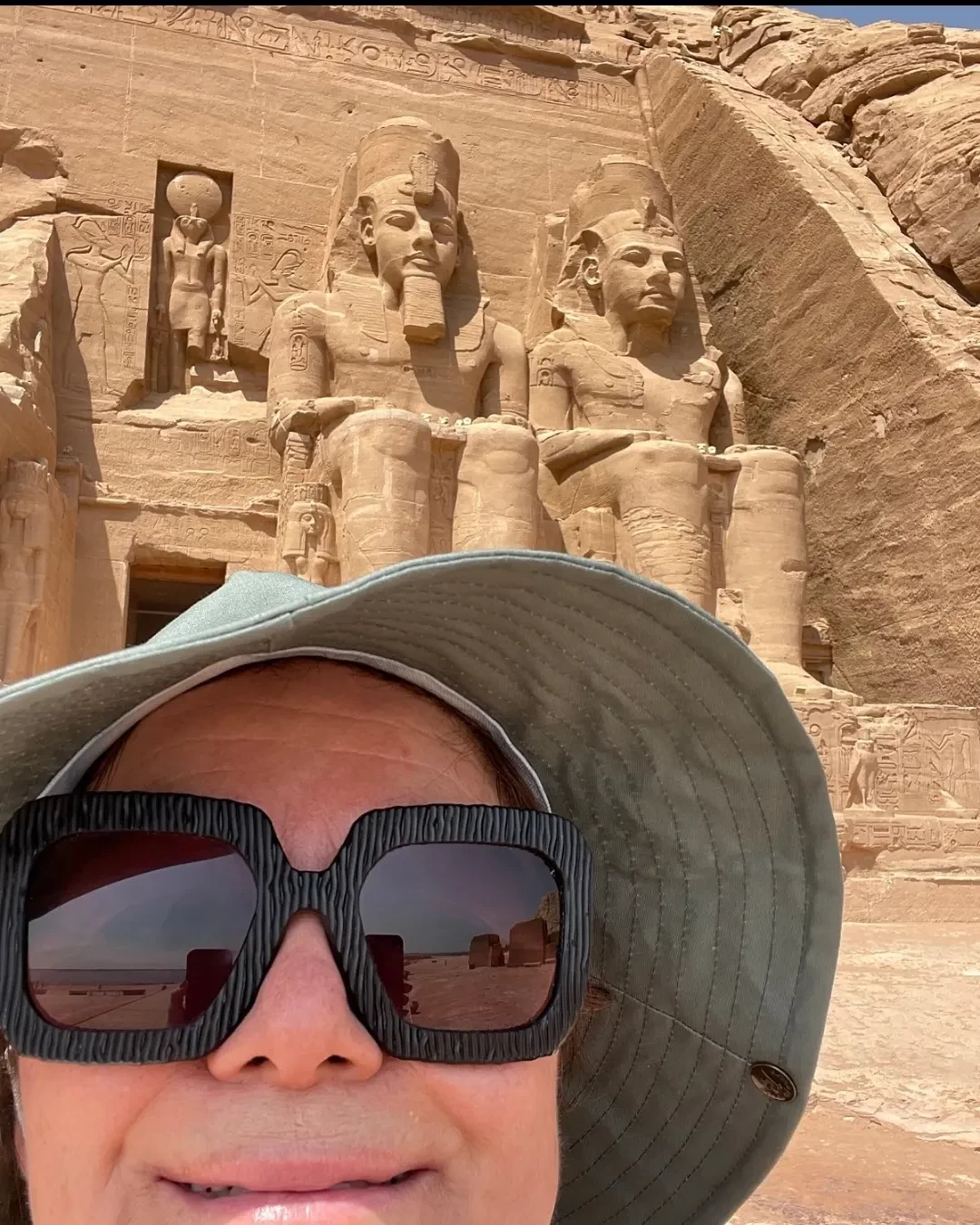
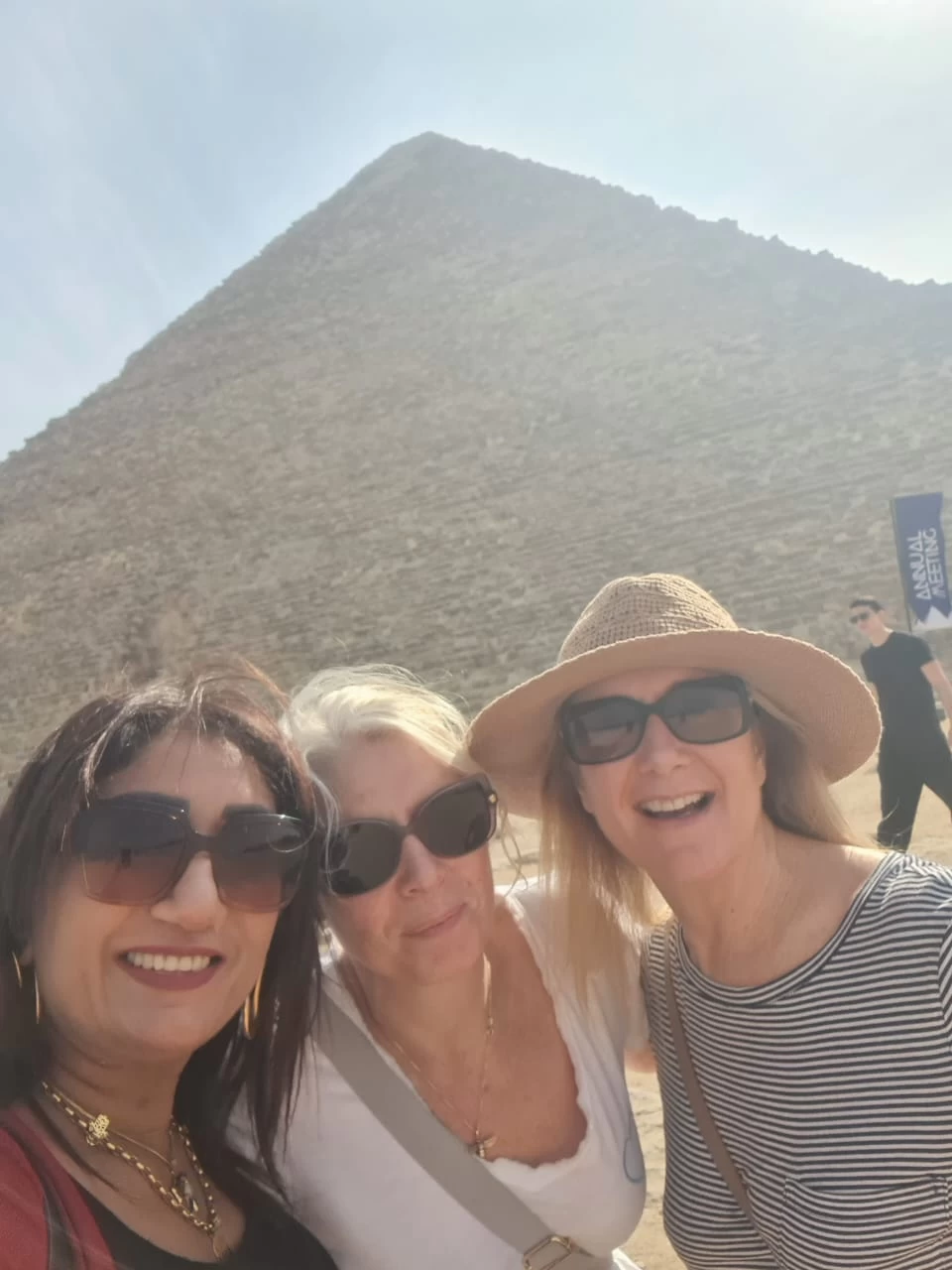
-webp.webp)

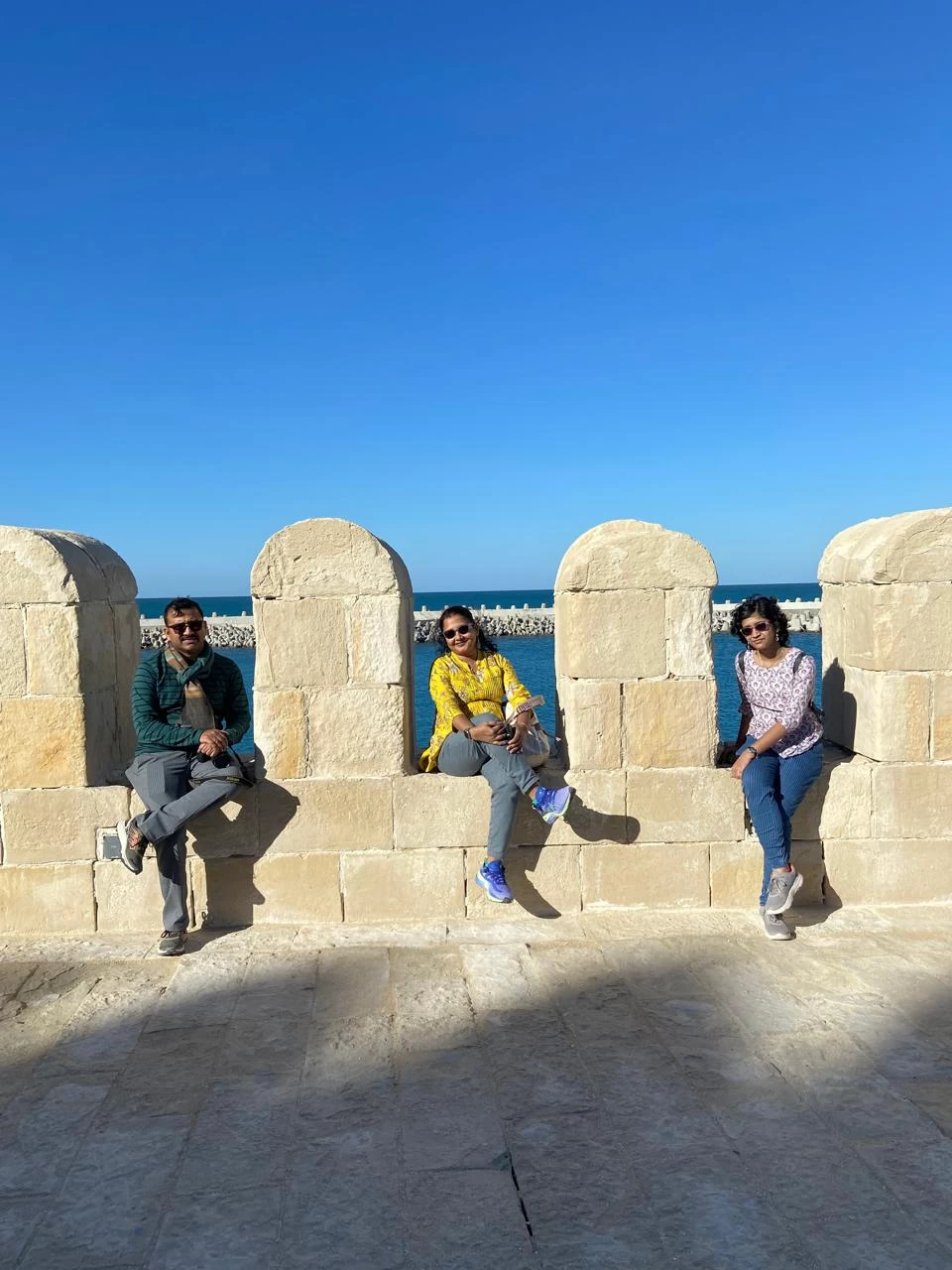
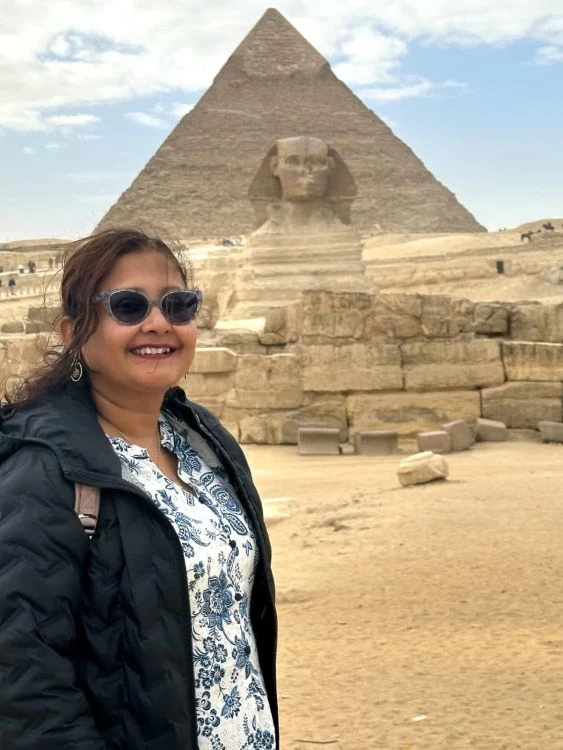
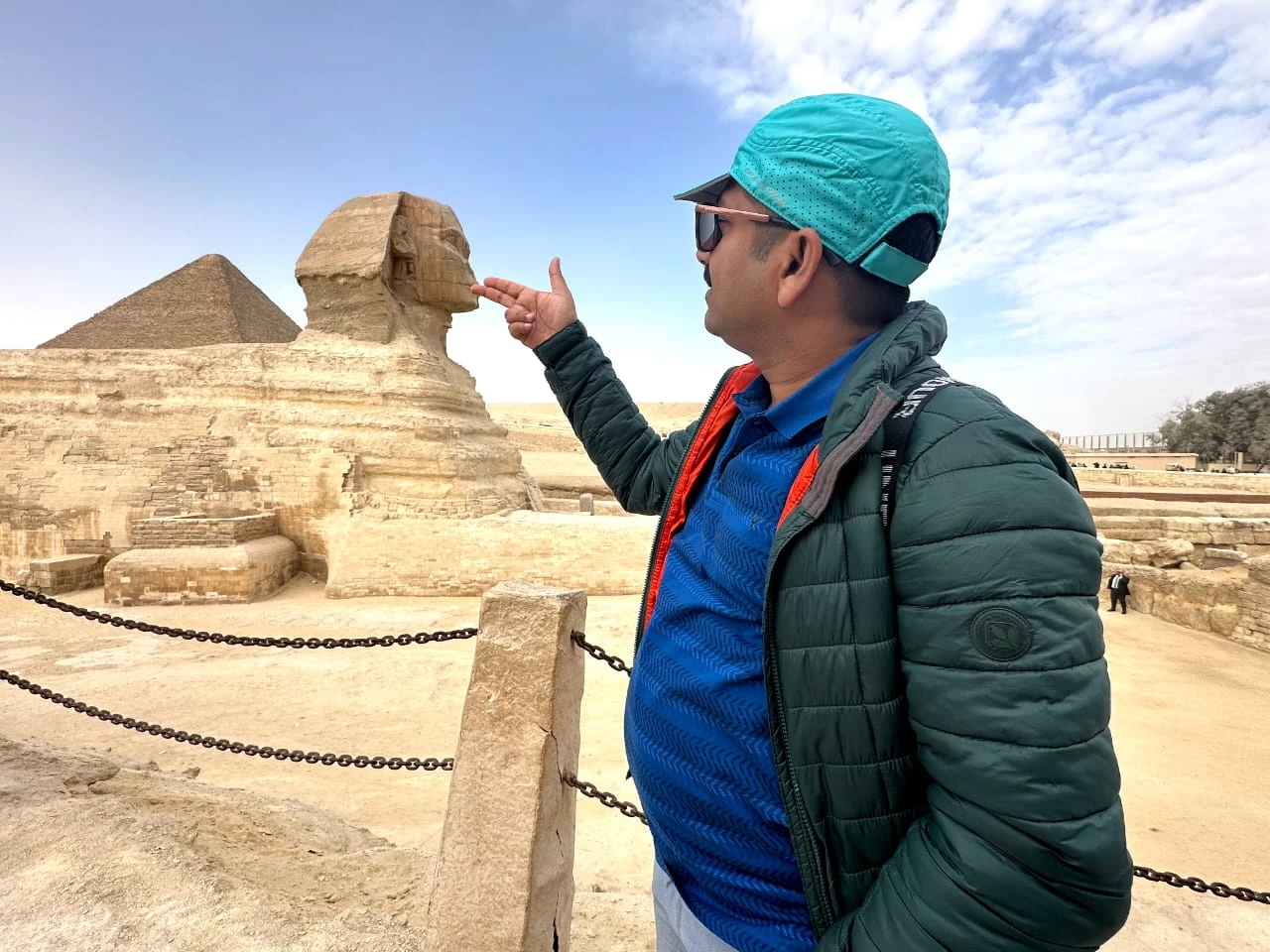
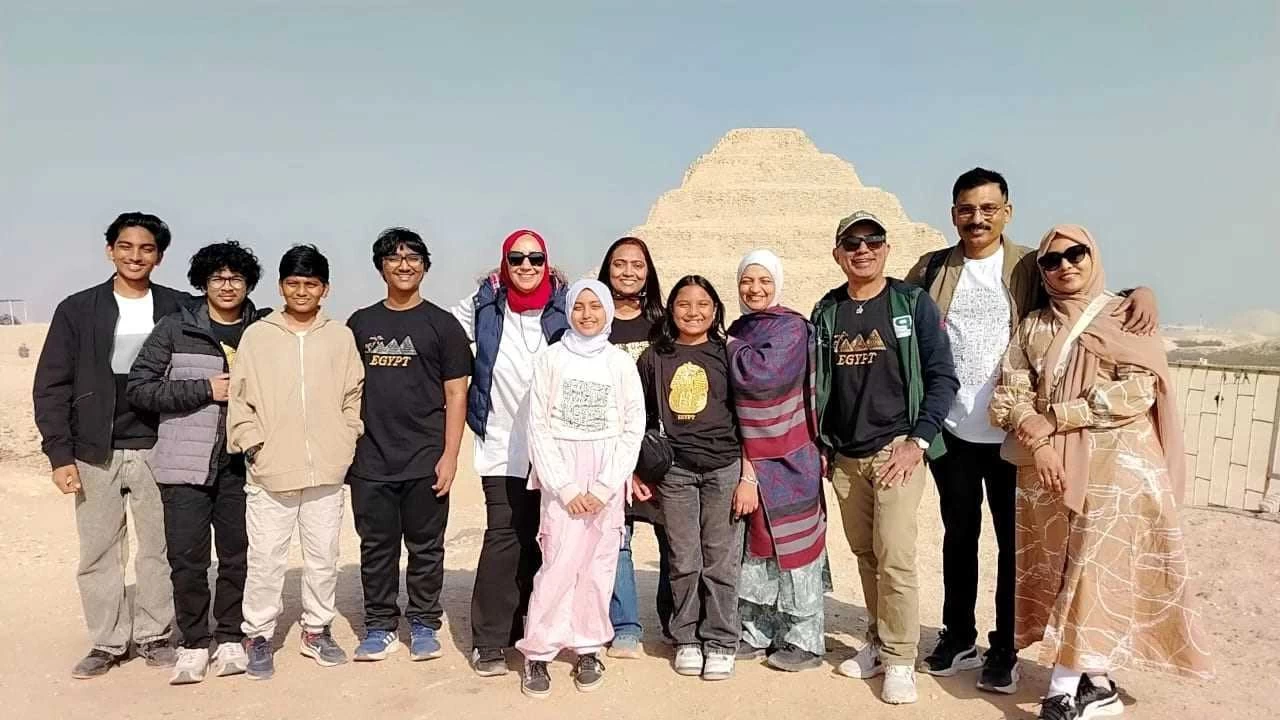
-webp.webp)
-webp.webp)
-webp.webp)
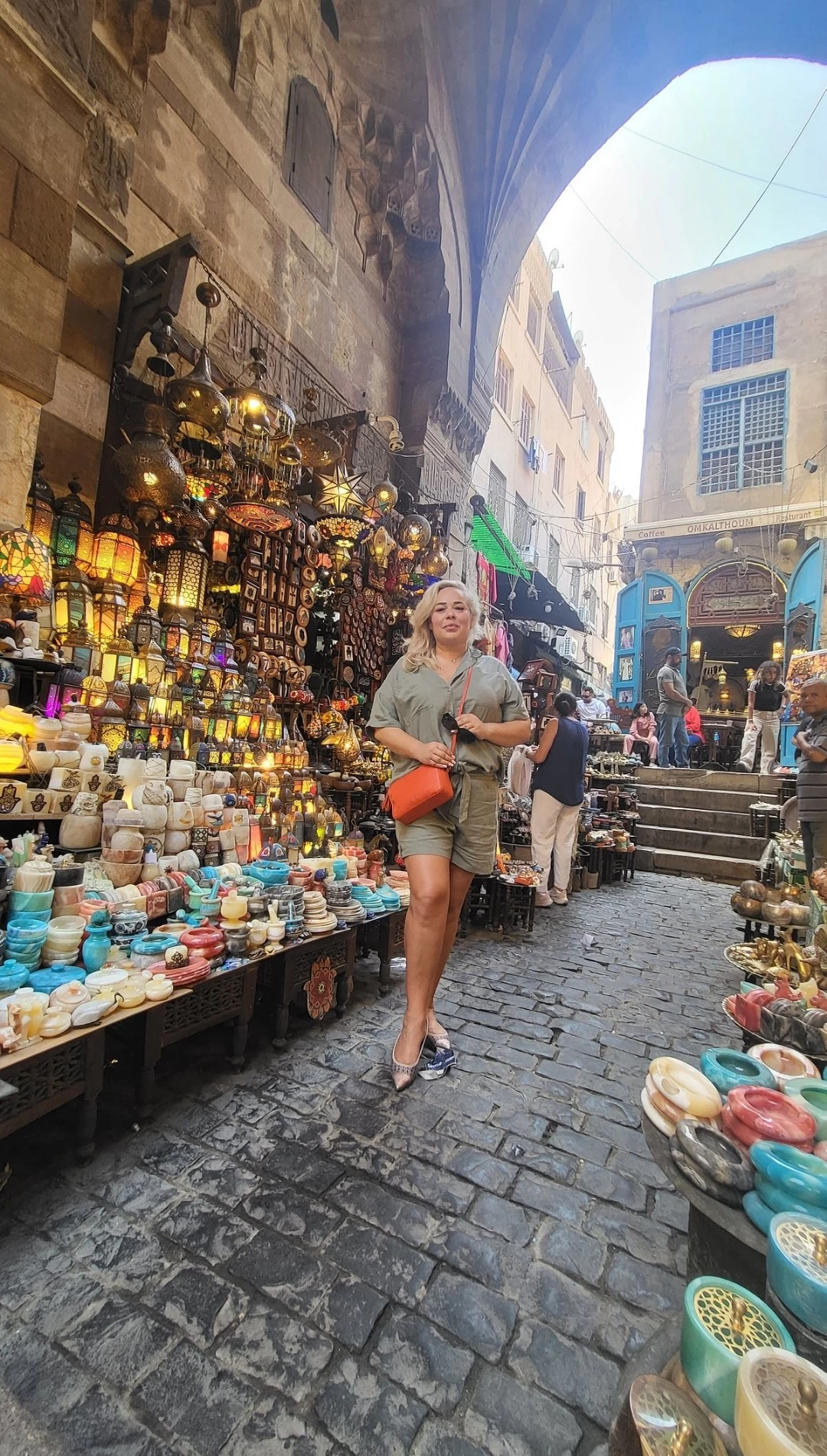
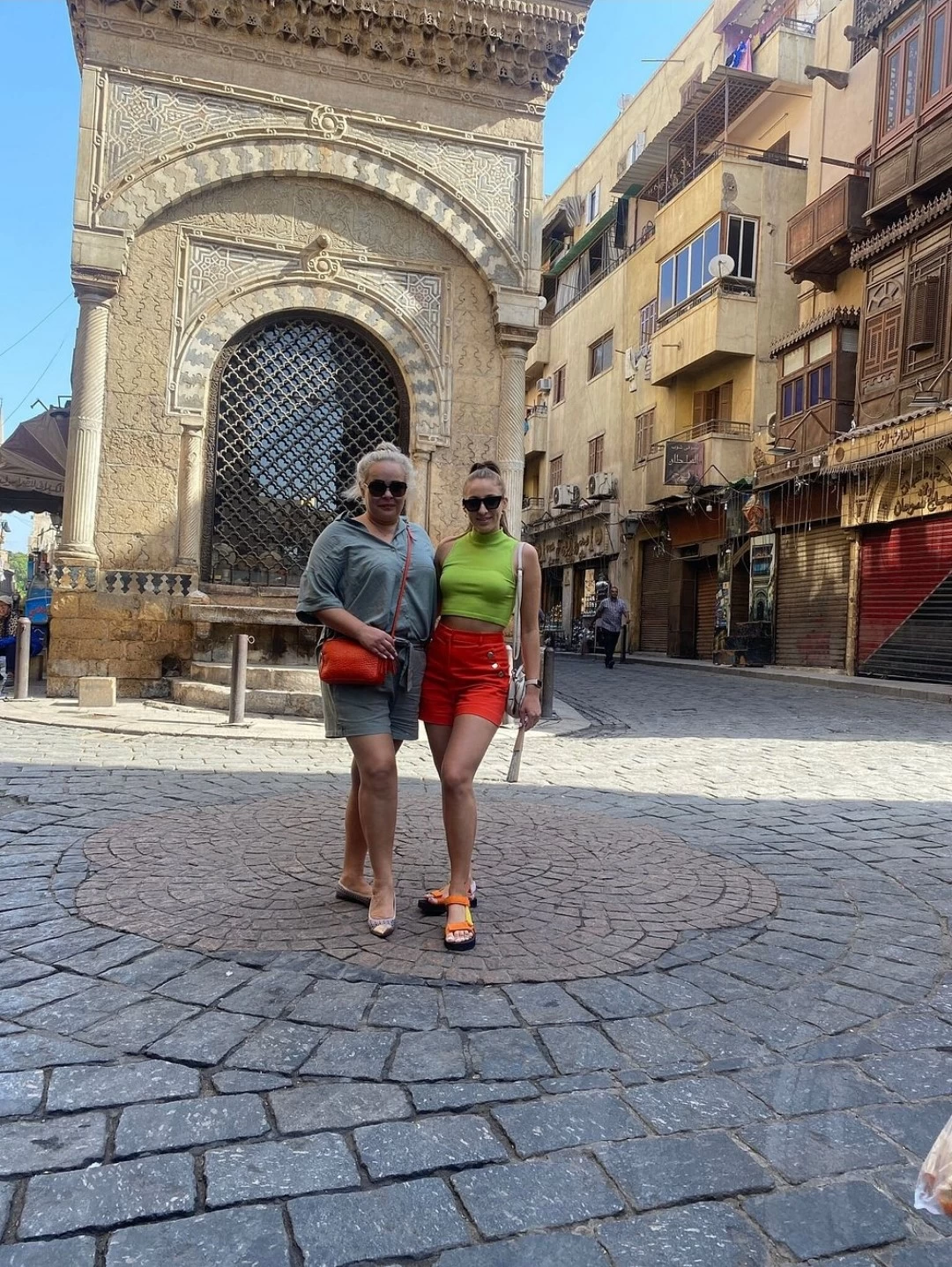

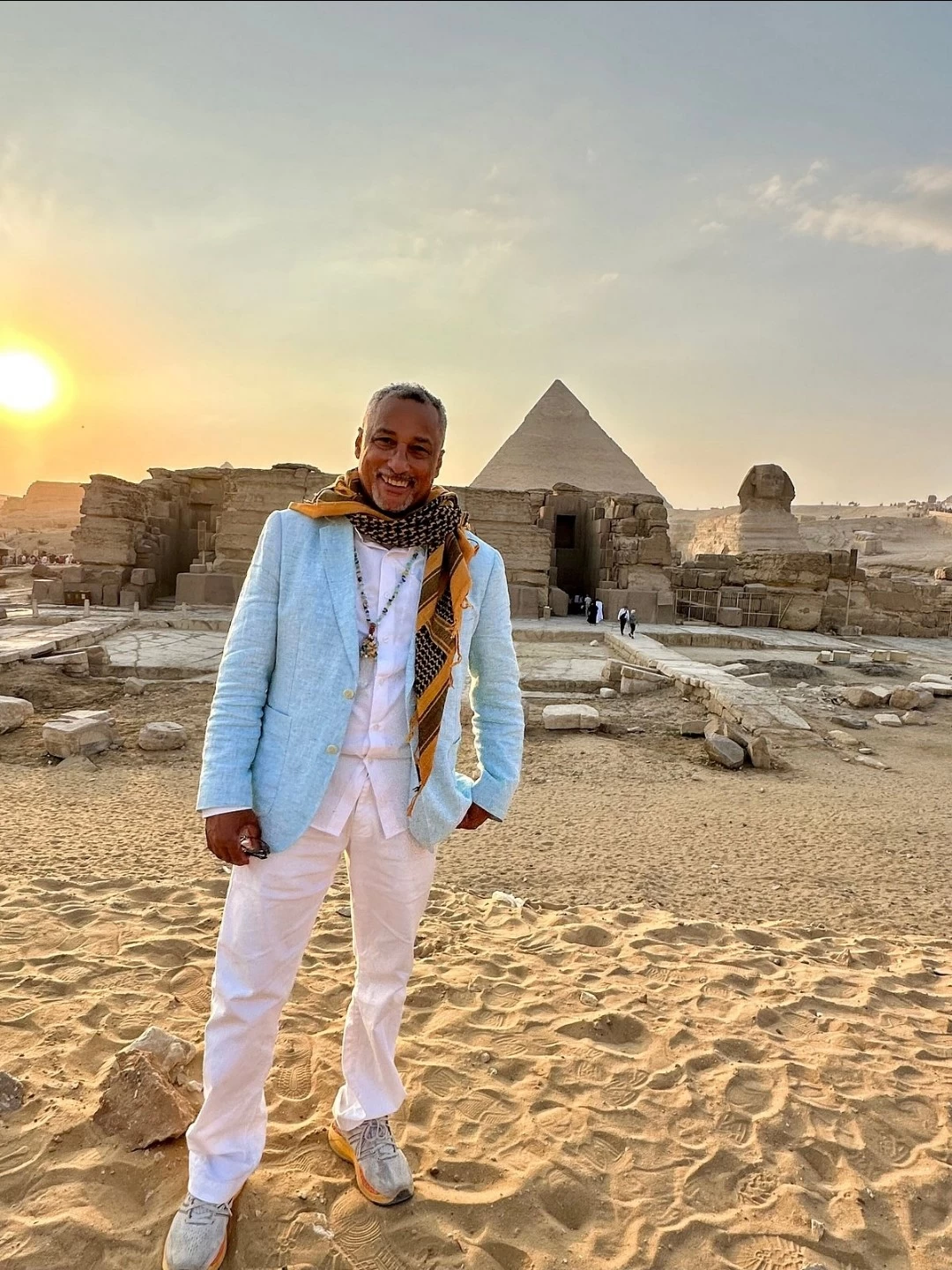
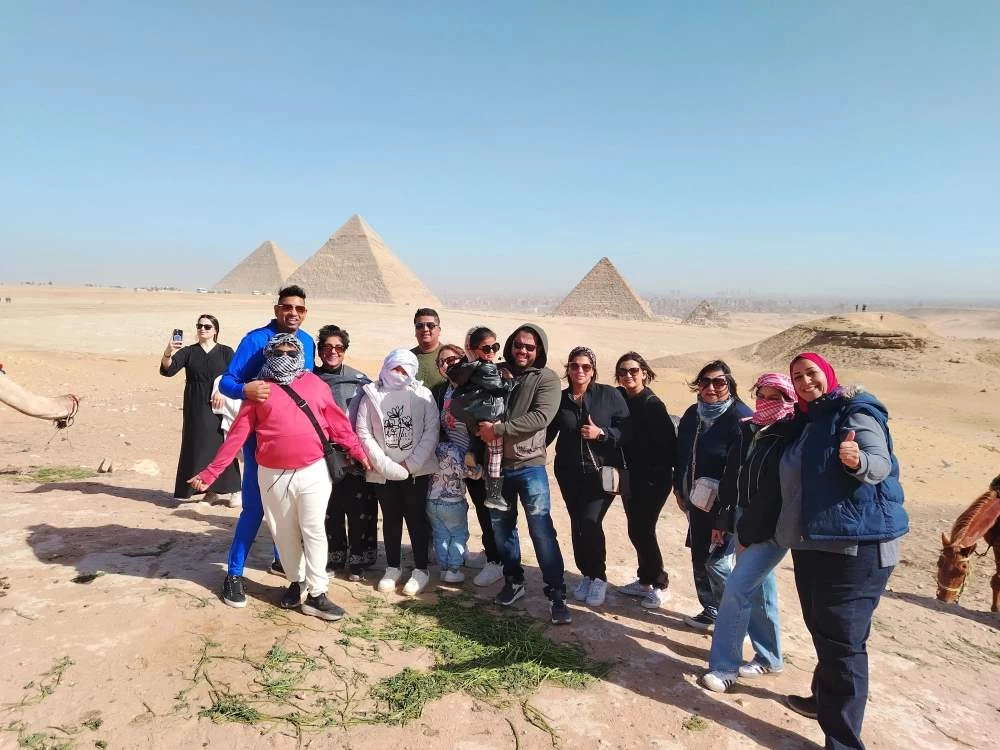
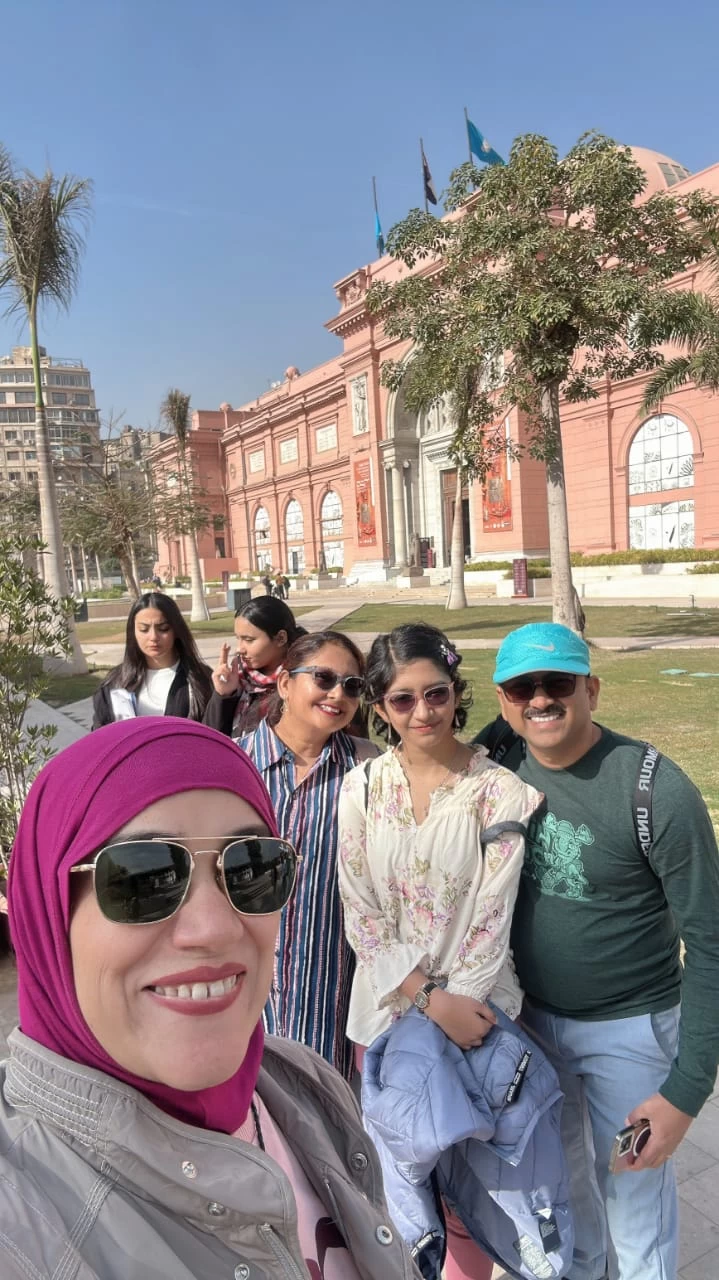
-webp.webp)
-webp.webp)
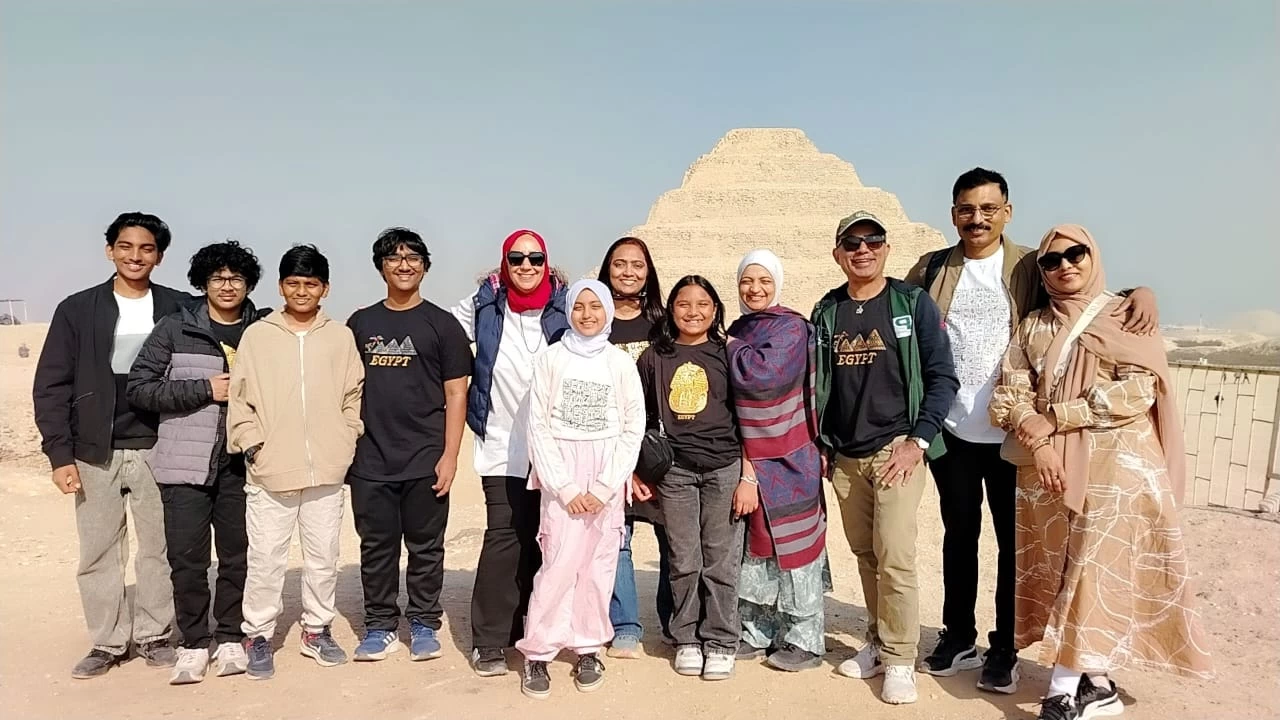
-webp.webp)
-webp.webp)
-webp.webp)
-webp.webp)
-webp.webp)
-webp.webp)
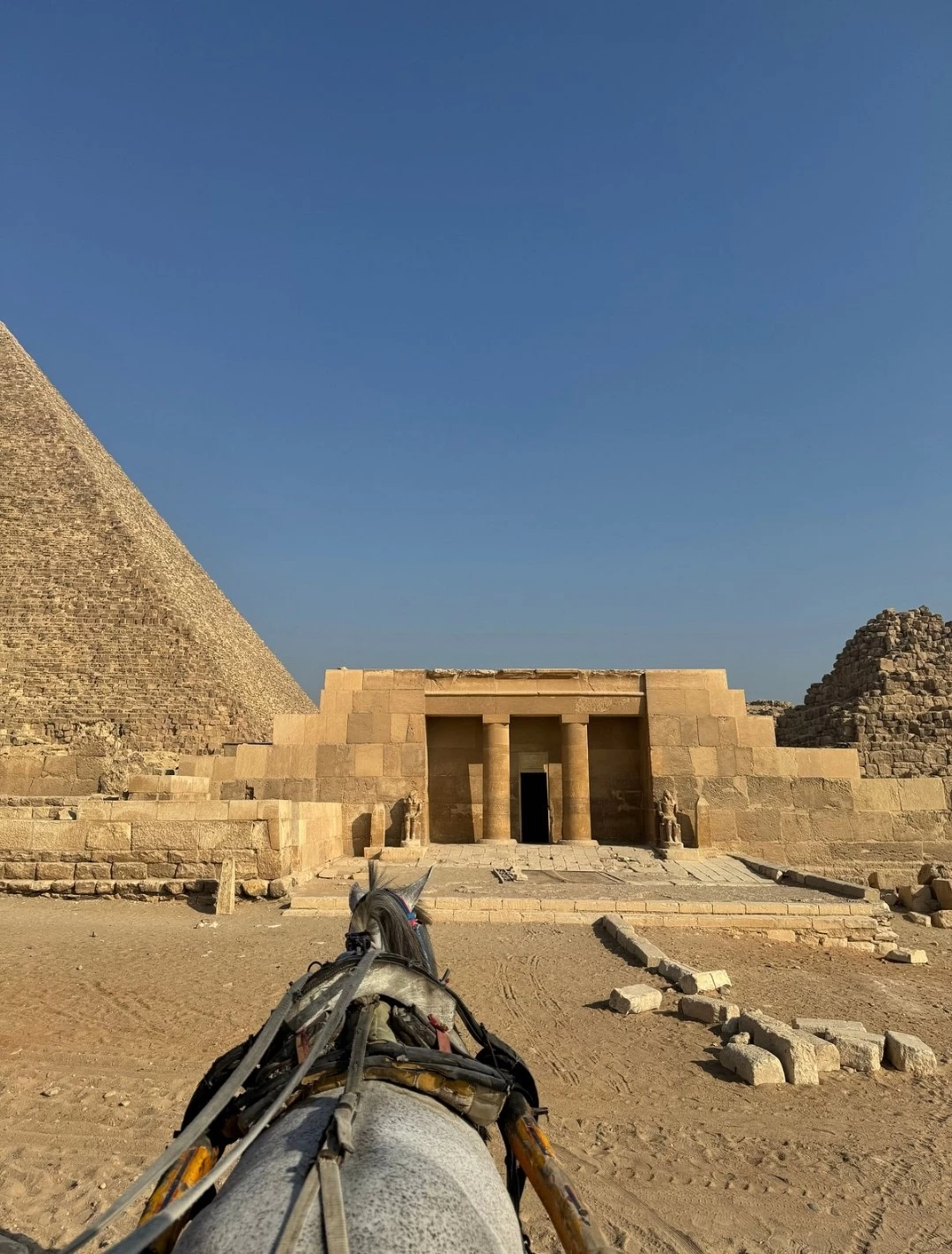
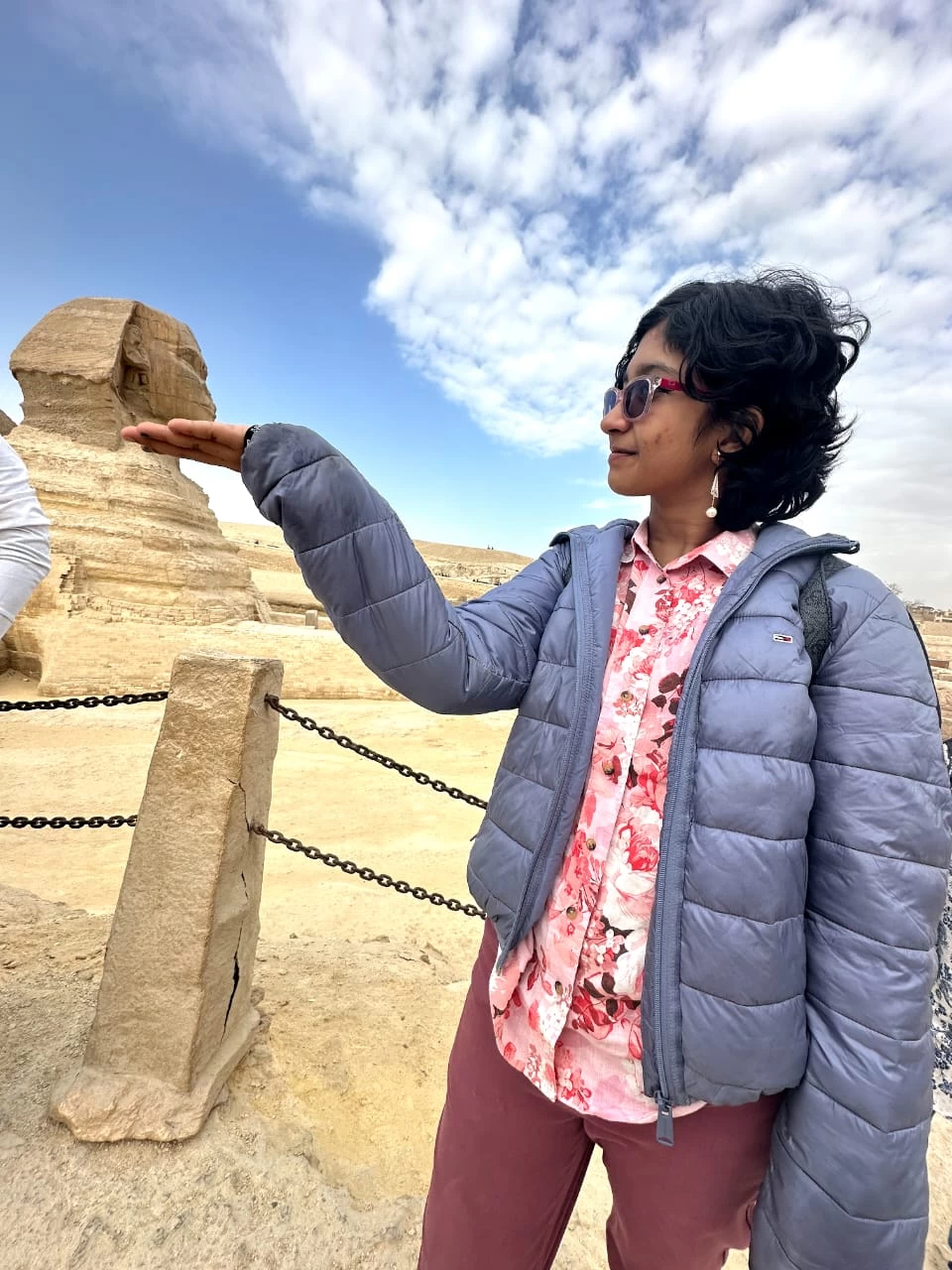
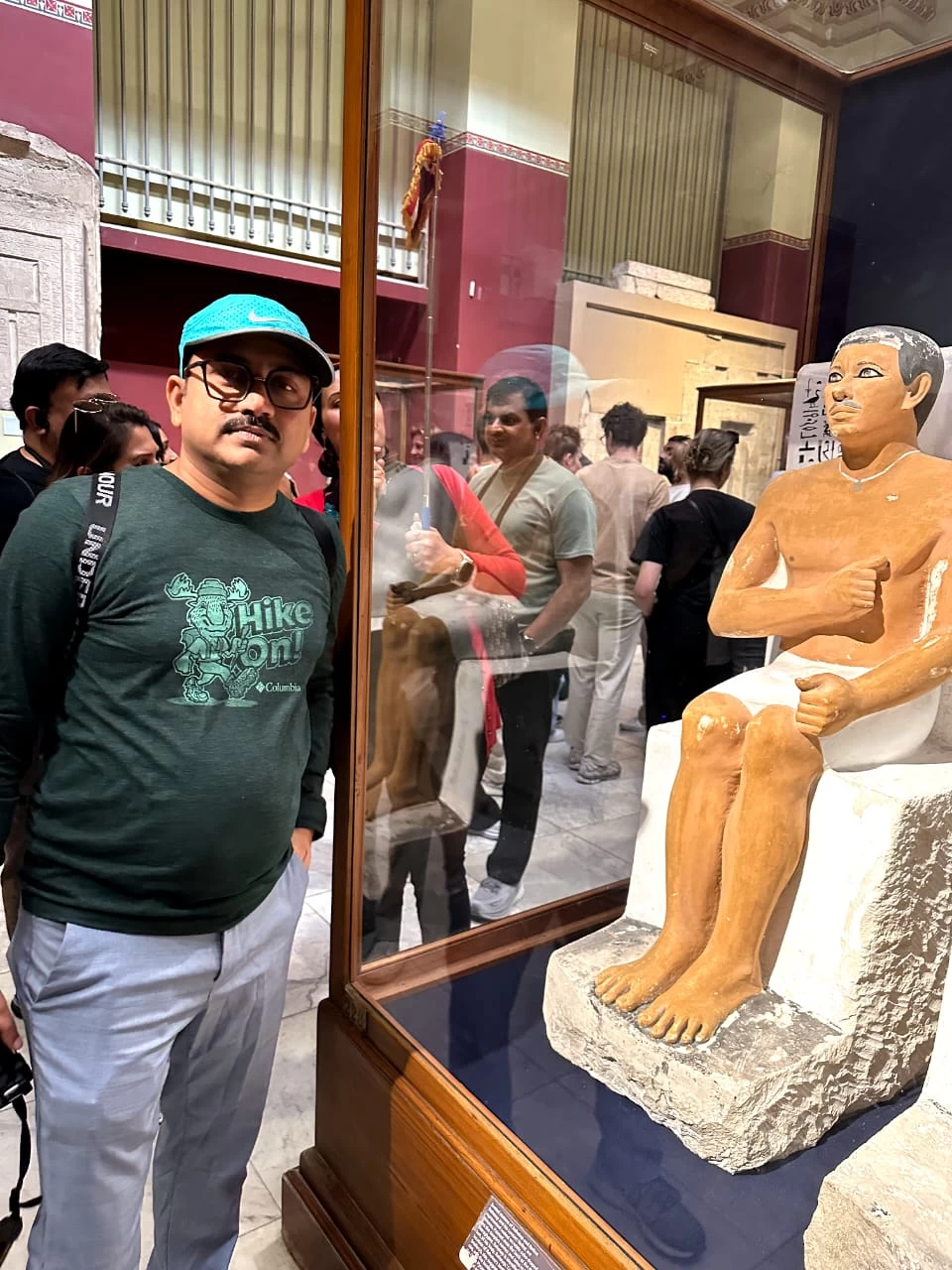
-webp.webp)
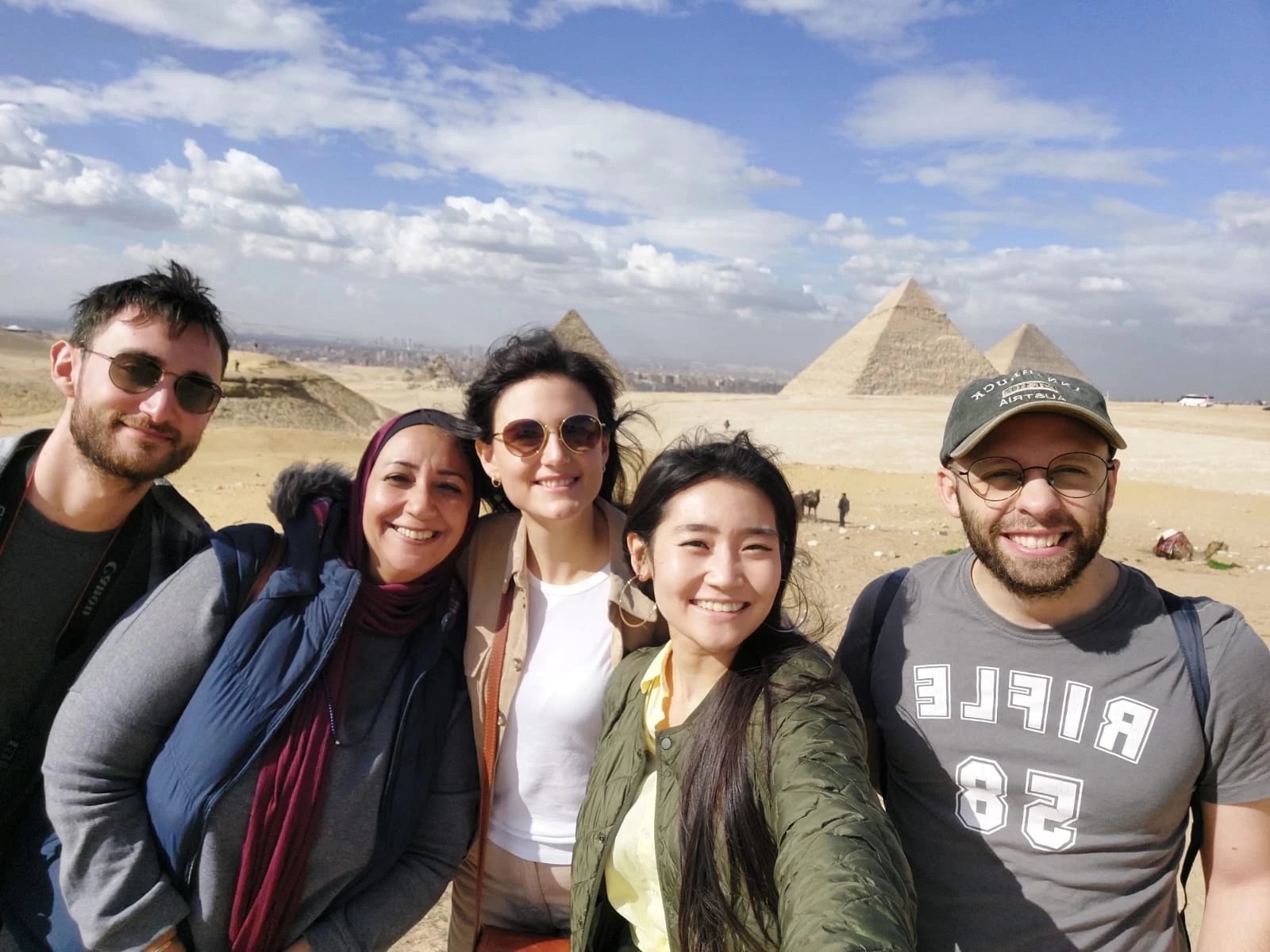
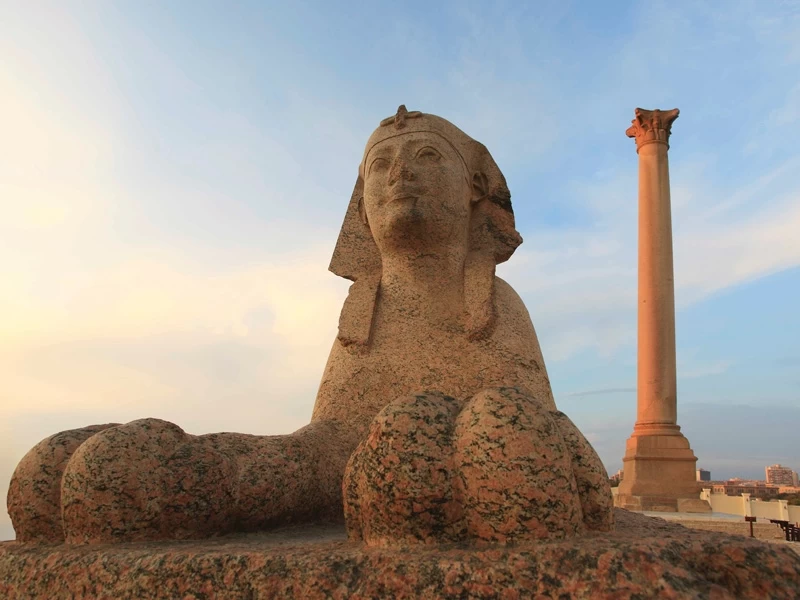
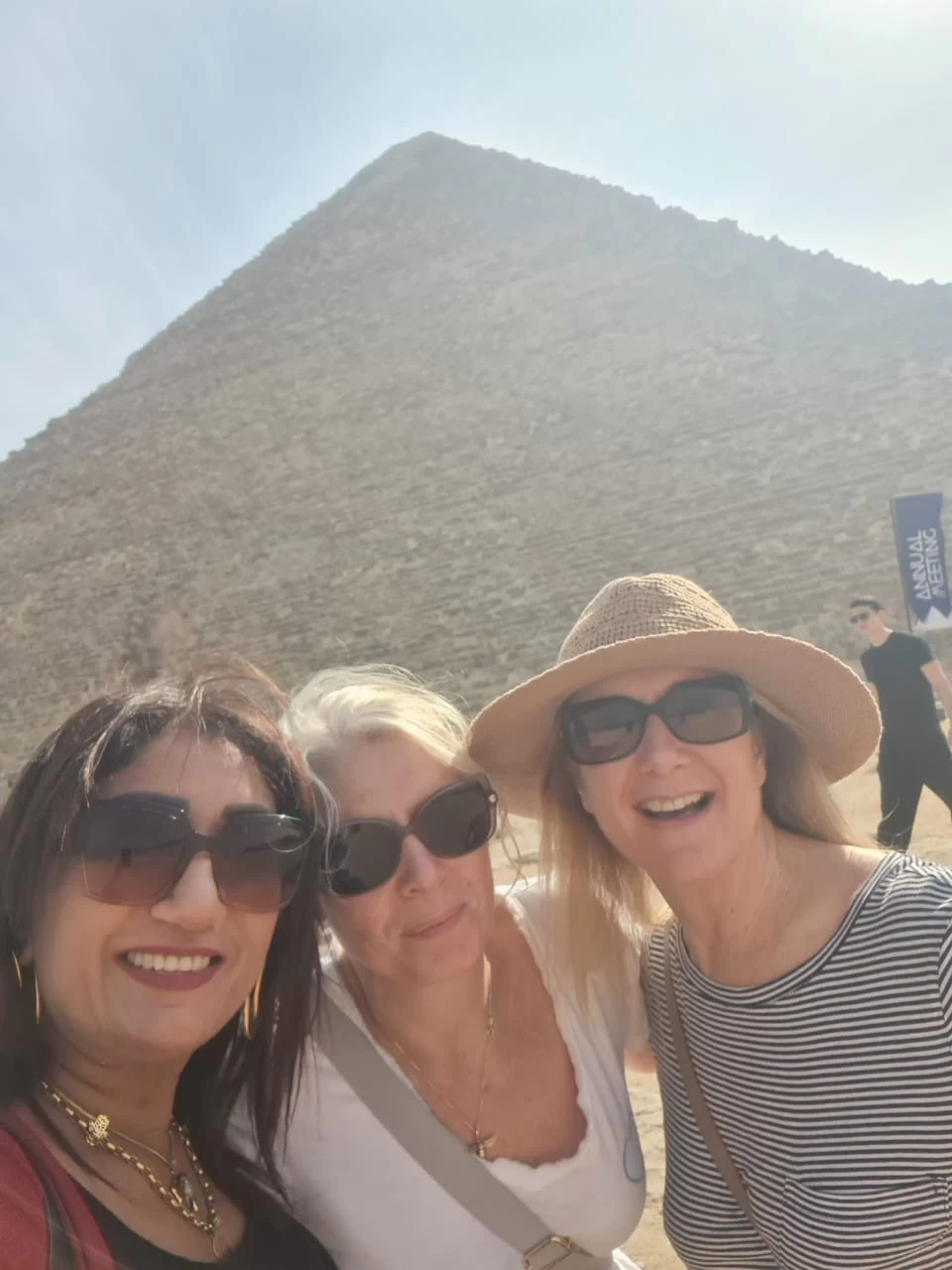


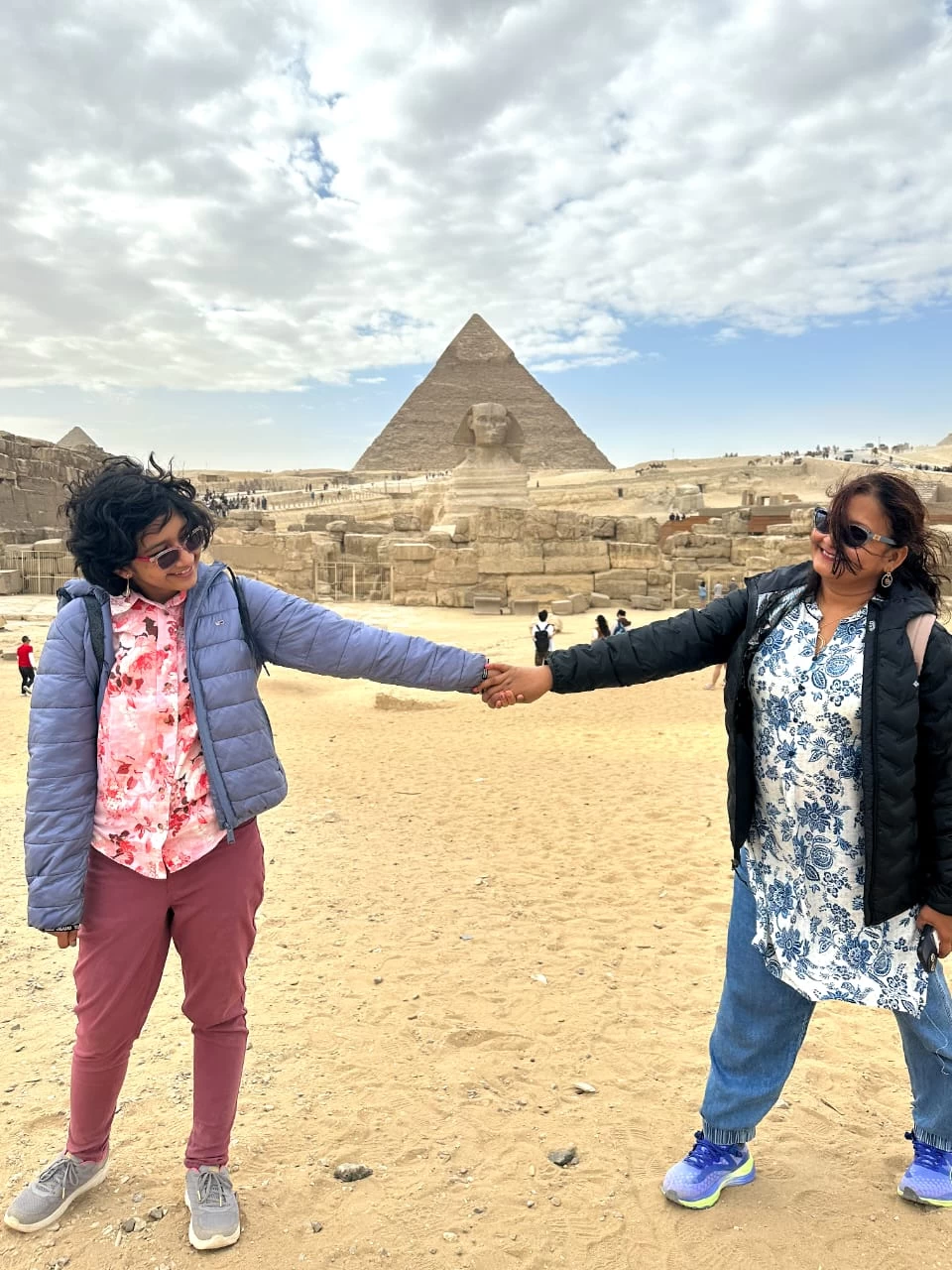
-webp.webp)
-webp.webp)










.png)

